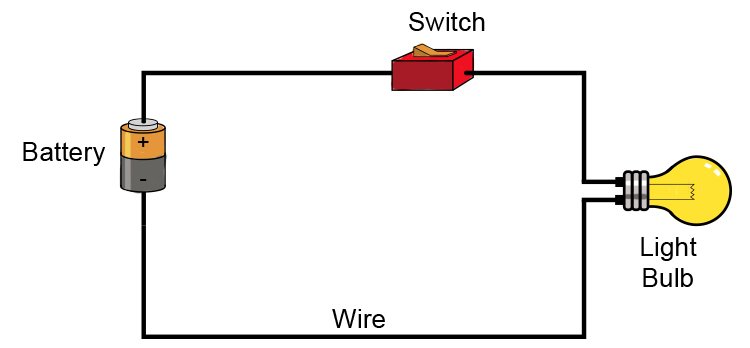 Let's Recap:
Let's Recap:
- Arguments are circuits.
- Valid arguments are circuits whose bulbs light up.
- Flawed arguments are circuits missing one component (or more.)
OK...so what?
How will this help?
The LSAT has a consistent list of questions that it will ask you about an argument. That list, somewhere between 13 and 17 types depending on the resources you consult, seems quite varied and the resources encourage you to “learn and memorize an approach for each.”
So here’s our hot take: there is really only one method for all question types.
Is this an oversimplification? Yes, probably. Hear us out, though.
Here is a version of a list of all of the LR question types, split into “families”. We suggest working through them all in order a couple of times, but we’ve also linked each one below in case you want to find one in particular.
Structure Family
Main Conclusion
Method of Reasoning
Role in the Argument
Parallel Reasoning
Flaw Family
Flaw/Vulnerable to Criticism
Necessary Assumption
Sufficient Assumption
Principle Justify
Strengthen
Weaken
Parallel Flaw
Debate
Evaluate the Argument
Inference Family
Most Strongly Supported
Principle Conform
Must be True/Cannot Be True
Resolve the Paradox
Seems like a lot, huh?
But we will talk about each family and its constituents separately and how you would cope with them using a circuit as your guide.
We’re going to start off with Structure and Flaw Family questions that employ deductive reasoning, and we’ll get to the rest later on!